Guide to Baking With Yeast
May contain affiliate links. Terms of Use Policy.
Your ultimate guide to baking with yeast! Everything you need to know about what type yeast to buy, how to work with yeast and what to make. Our handy chart will be your best friend!
The past few months we’ve had hundreds of questions about baking with yeast. It’s been fun to answer your questions and see your baking successes on Instagram and Pinterest. Ya’ll are rocking the yeast breads!
Today we’re sharing a guide to help you with all of your yeast questions. We trust that this informative guide will help you achieve perfect yeast breads.
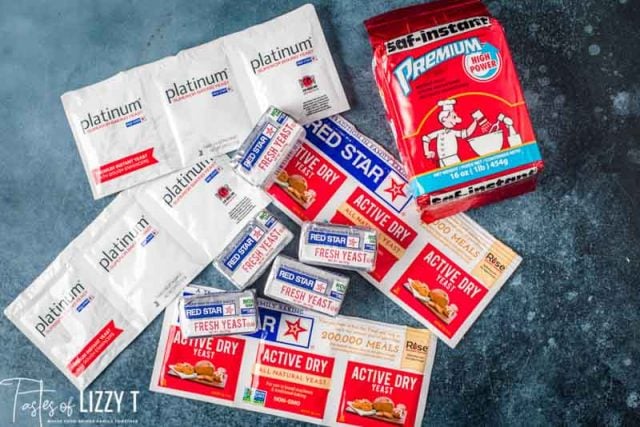
What is yeast?
Yeast is a living organism that feeds off of sugar and starches. It gives off a gas which makes dough rise. Yeast needs warmth and moisture to thrive, which is why you add warm water to yeast to proof it.
If you really want to understand how yeast works, we recommend testing sourdough as a chemistry experiment. If you are having trouble buying yeast, don’t worry! Towards the end of the article we talk about making sourdough bread from wild yeast.
Types of Yeast:
There are four types of common yeast that you’ll find in the stores:
- Active Dry Yeast.
- Instant Yeast (Also known as Bread Machine Yeast and Rapid Rise Yeast)
- Cake Yeast (or Fresh Yeast).
- Wild Yeast.
Here is a shortcut chart you can save to easily remember the differences between active dry, instant and cake yeast.
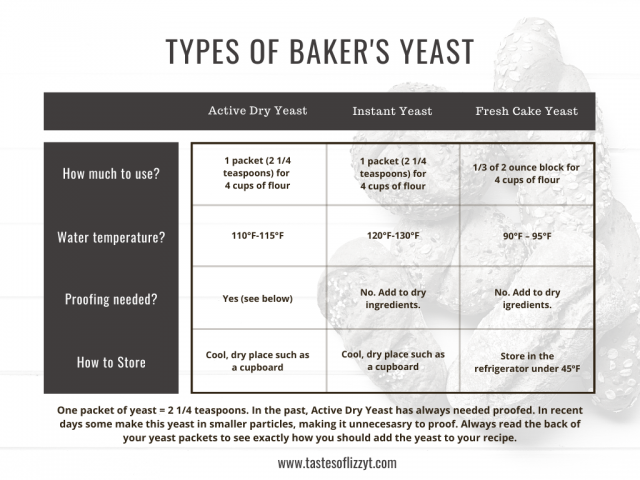
Instant vs Active Dry Yeast
For most bakers, dry yeast from the grocery store is the way to go. It’s quick. It’s easy and will give you beautiful results. Most people will easily find instant yeast or active dry yeast in grocery stores. Although the two are interchangeable in most recipes, it is important to know the difference between these two main types of baker’s yeasts.
Instant Yeast.
Instant yeast is an easy mix yeast. It takes away the need to “proof” the yeast meaning you can just mix the dry yeast into the flour and other dry ingredients.
Active Dry Yeast.
Active Dry Yeast will need to be “proofed” first which is actually the steps of “proving” that the yeast is good and ready to bake with.
If you are unsure which yeast you have, read the back of your yeast packet to see if the yeast requires proofing or can be mixed with dry ingredients. Some newer types of active dry yeast are made with smaller particles and don’t require proofing. So again, it’s important to look at the package of yeast you have.
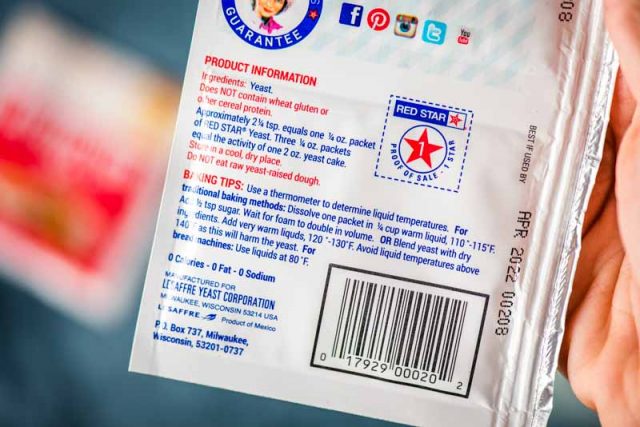
*Note: There is a type of yeast called “Pizza Crust Yeast”. This yeast requires no rising and is not recommended for general bread baking.*
Proofing Yeast
To make sure that active dry yeast is alive and active, you will want to “prove” it. That’s why it is called “proofing yeast”. Dissolve the packet of yeast in the warm water or milk, plus one teaspoon of sugar. If the mixture foams up, it is ready to use. If it does not foam up, you should start over.
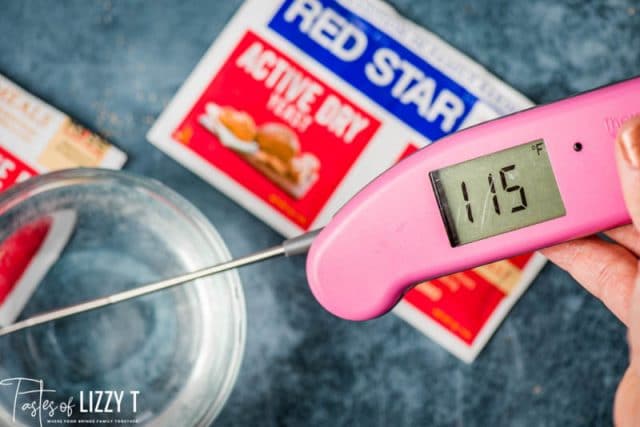
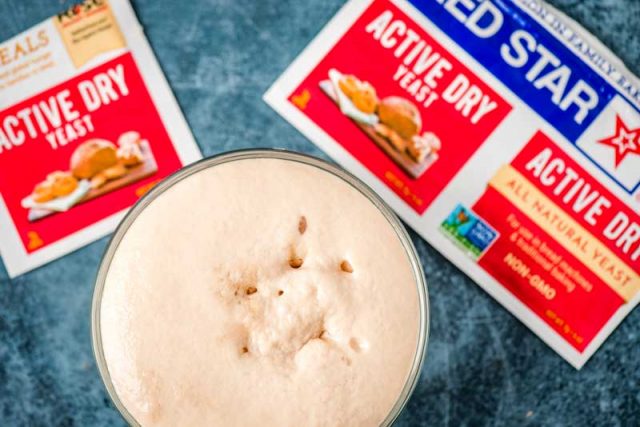
**We LOVE our Thermoworks ThermaPen to quickly test bread temperatures. This probe thermometer is AMAZING. Get it here.**
What is the best temperature to activate yeast? The temperature of the water or milk should be between 110-115º Fahrenheit
*Note: If you proof the yeast, make sure you deduct the amount of liquid and sugar used to proof the yeast from the original recipe if the recipe did not call for proofing.*
Cake Yeast.
We’ll talk about cake yeast first before getting into the two most common dry yeasts. Cake yeast is found in the dairy section of your grocery store. It comes in a small 2 ounce compressed “block” and has to be kept refrigerated. Although you have to be careful how you store fresh cake yeast, it is versatile and can even be used in bread machines. ⅓ of a 2 oz. cake is equal to 1 packet (2+¼ teaspoons) of dry yeast. So when you buy one block of fresh yeast, that is equal to three packets with most recipes.
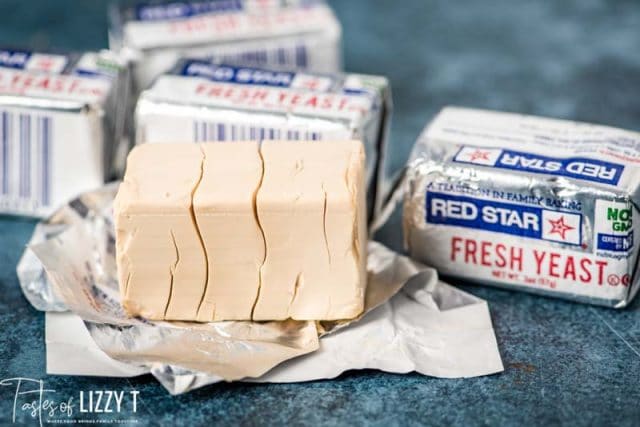
Some tips about cake yeast:
- Cake yeast does not have to be proofed. You can crumble it over dry ingredients. Make sure liquids are between 90-95º Fahrenheit.
- Cake yeast should not come into direct contact with sugar or salt.
- You can proof the yeast if you’d like! Crumble the cake yeast in ½ cup of water (90-95º Fahrenheit) with 1 teaspoon of sugar. Stir well. Allow it to sit until it gets foamy.
- You can use cake yeast in a bread machine, but don’t use the one hour cycle setting. Water temperature for the bread machine should be at 80º Fahrenheit.
- Use the yeast by the expiration date on the package. I’ve never frozen the yeast.
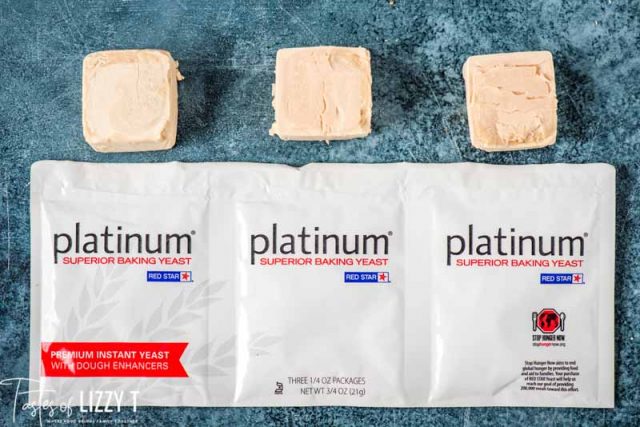
Wild Yeast.
How do you make bread without yeast? If you can’t find yeast in a store, you can still make a beautifully risen loaf of bread. Commercial yeasts such as active dry yeast or instant yeast are the most common, but sourdough also has yeast….wild yeast!
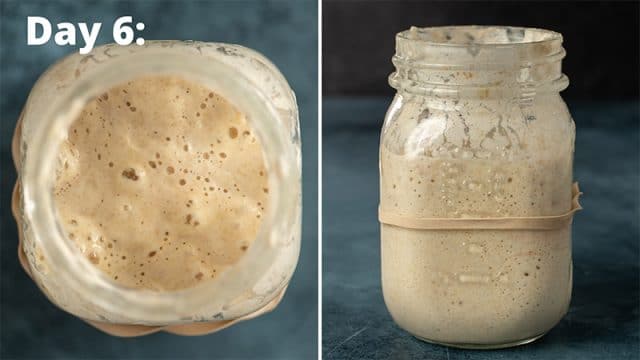
If you’ve ever made sourdough at home you can see yeast in action. It will just take a little longer to bake a loaf of bread. Find steps to make sourdough starter here. After you have the active starter, you can make just about any yeast-style recipe.
What is the best yeast for baking?
Our favorite yeast is Red Star Platinum Superior Baking Yeast. It is an instant yeast which makes it easy. It is what we prefer for our cinnamon rolls and my mom’s white bread. It bakes up perfectly every time!
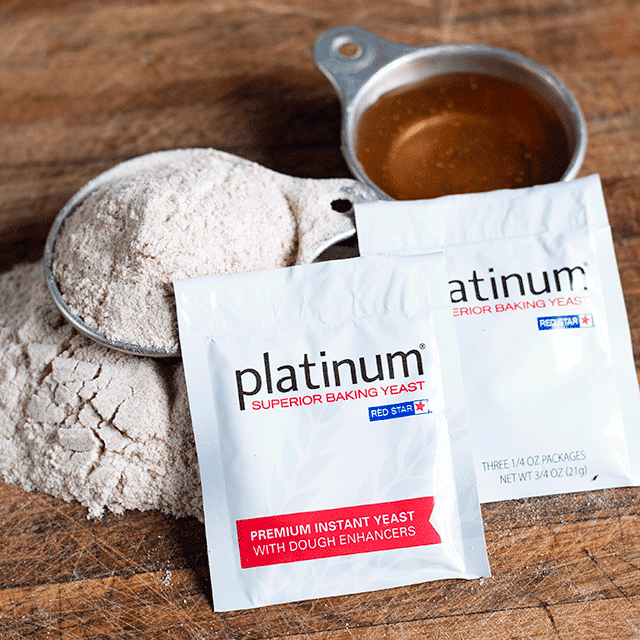
*Important Note: Red Star Platinum Baking Yeast is NOT gluten free. It is vegan, dairy free and egg free.*
How to Store Yeast
Store unopened packages of yeast in a cool, dry place such as a cupboard. Once the jar or package is opened, store the yeast in the refrigerator or freezer in an airtight container and use within 4 months.
Yeast should be brought to room temperature before using it.
Frequently Asked Questions
Yes! Be sure to use the yeast by the date on the yeast packet. Although it may still work past that date, you are taking a chance on wasting ingredients if it does not work.
One packet of yeast is 2 ¼ teaspoons.
Most yeasts are gluten free, but some are not (as mentioned about the Red Star Platinum Baking Yeast). Be sure to check the package.
Yeast is typically considered a vegan food.
You may wonder if you can use yeast to rise a cake, especially with ingredients such as Fresh Cake Yeast. Cakes are generally best if you use baking powder or soda to rise because they are tender and light. You may find a cake recipe or two that calls for yeast such as Potica or Panettone.
Our Favorite Yeast Bread Recipes
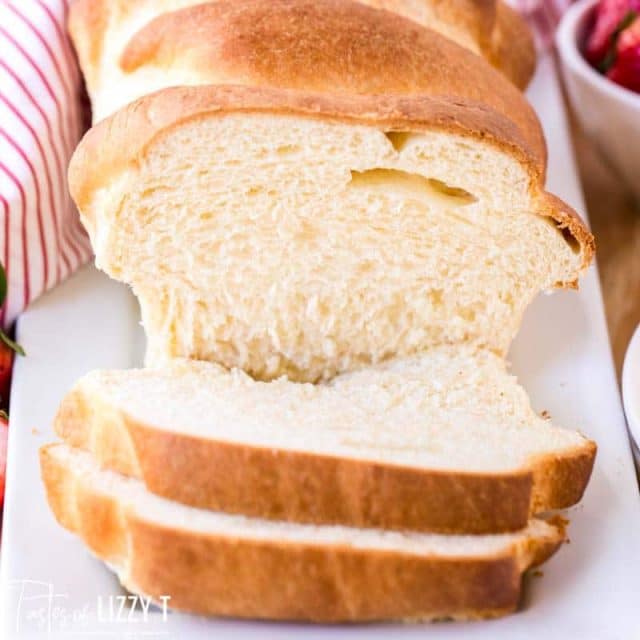
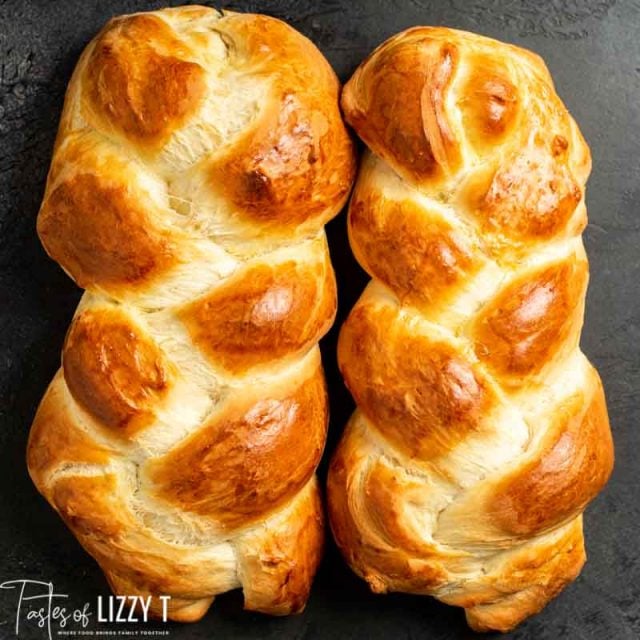
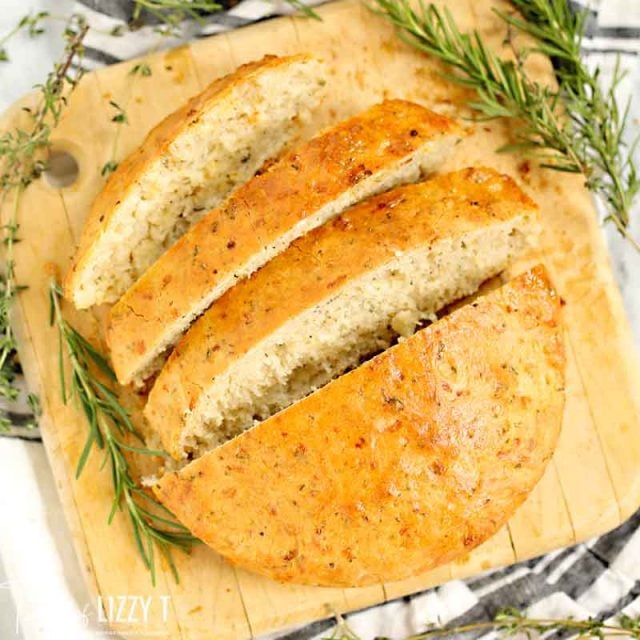
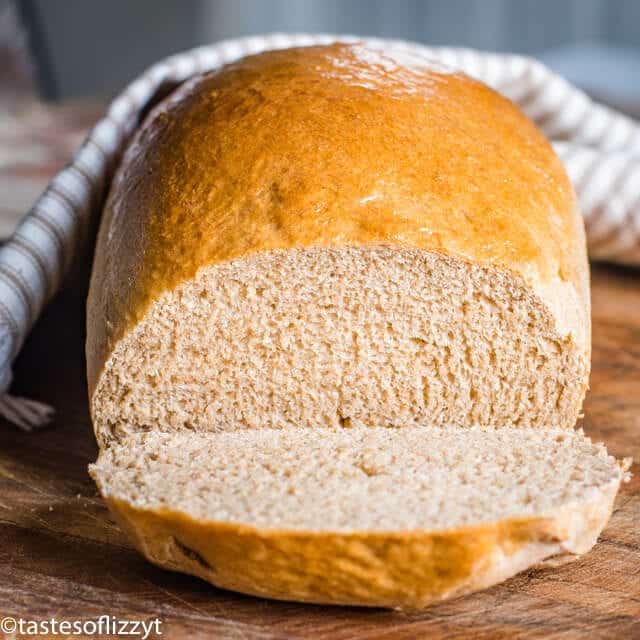
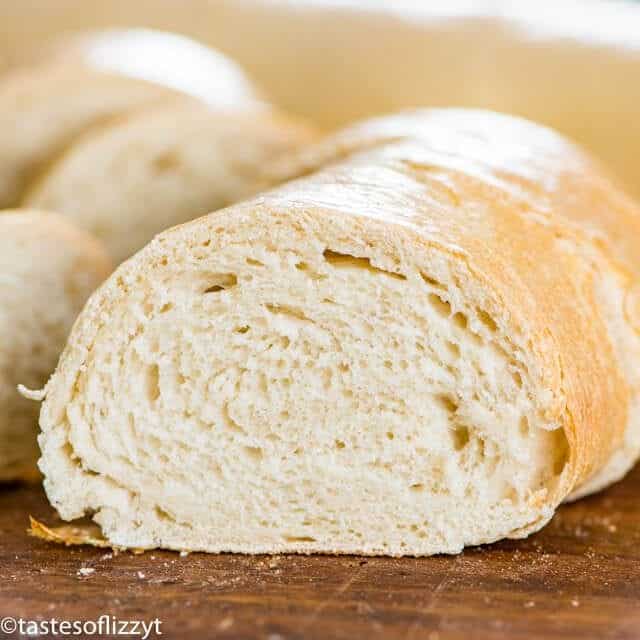
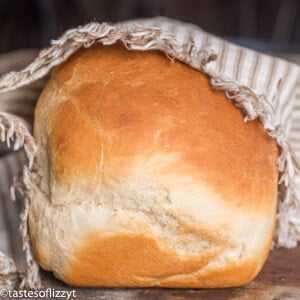
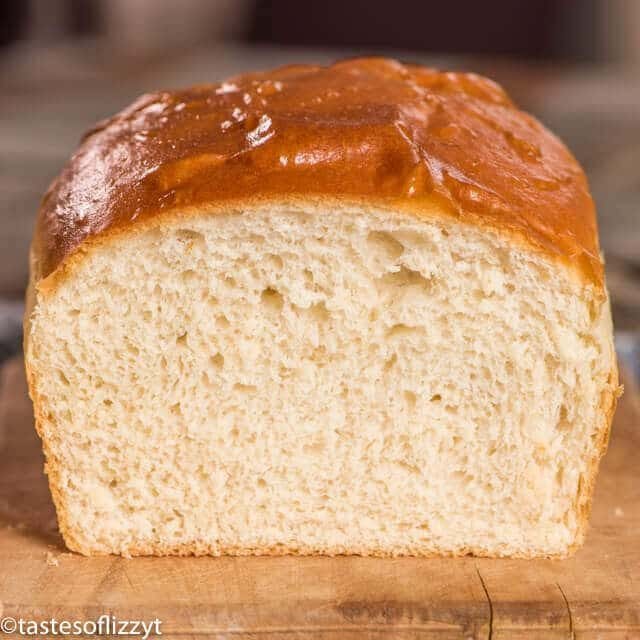
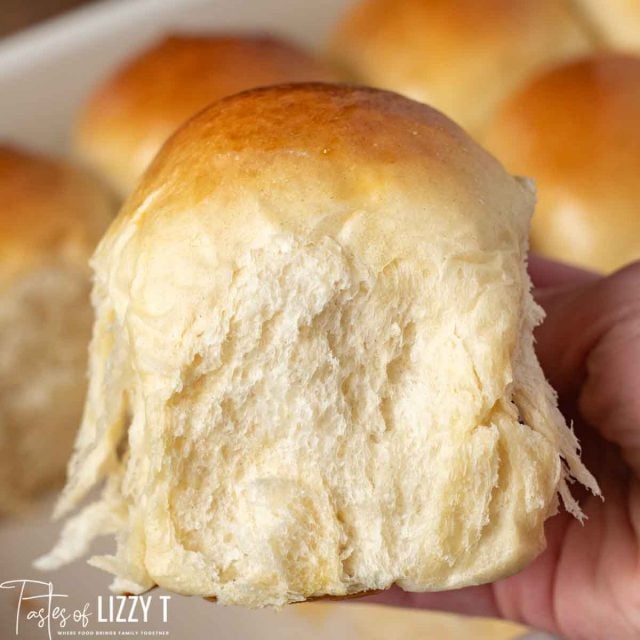
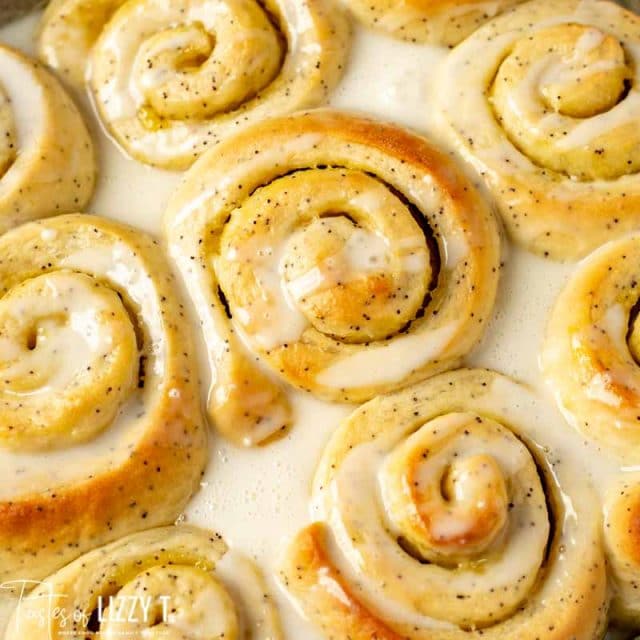
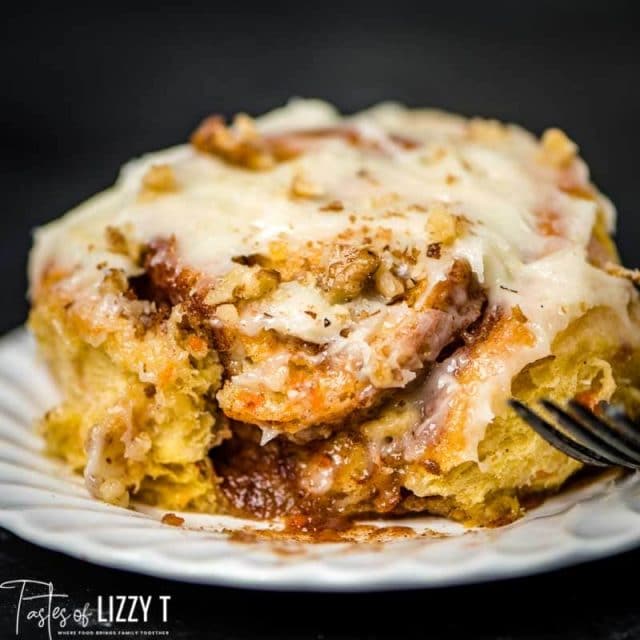
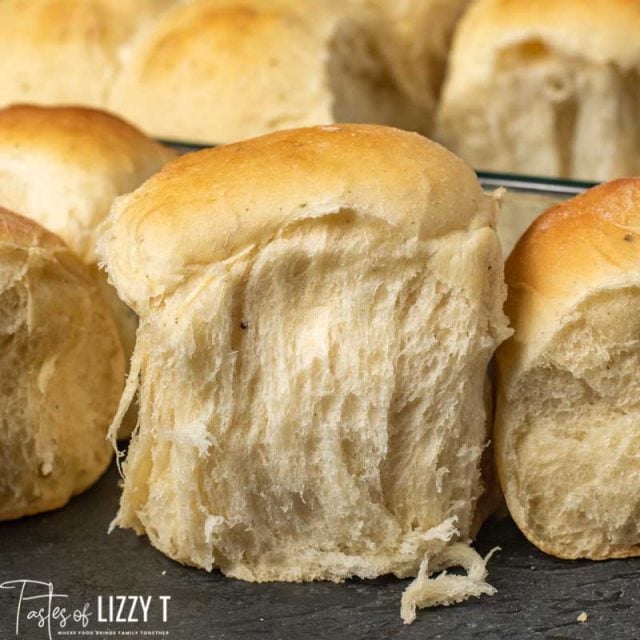
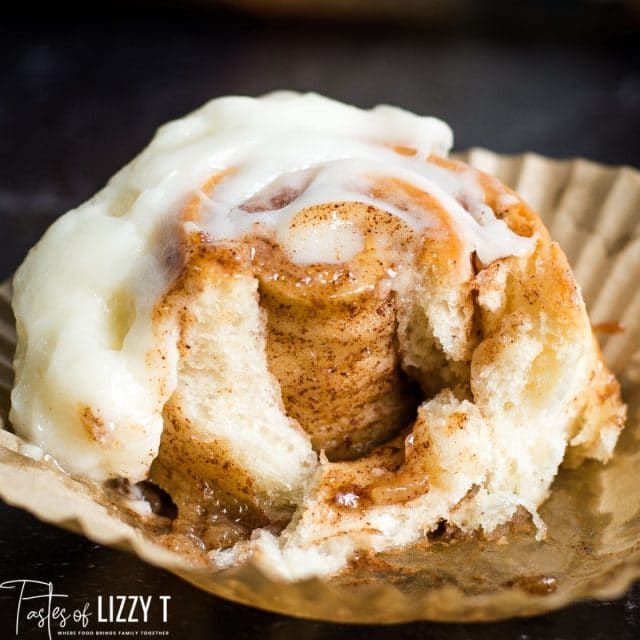
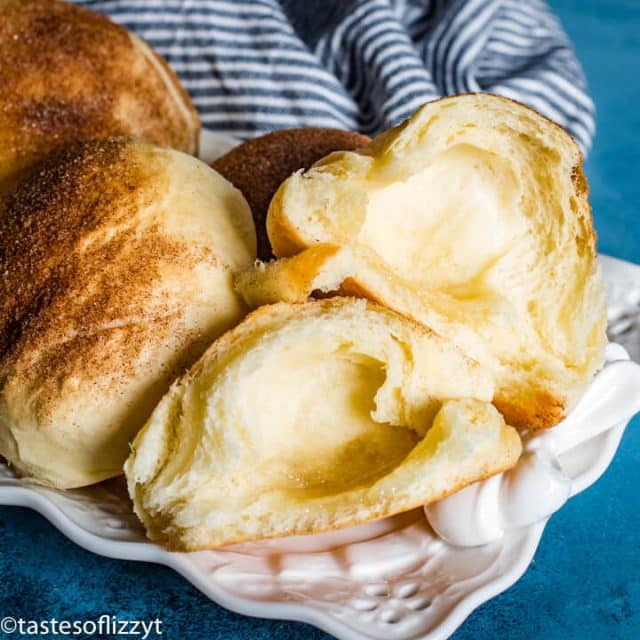
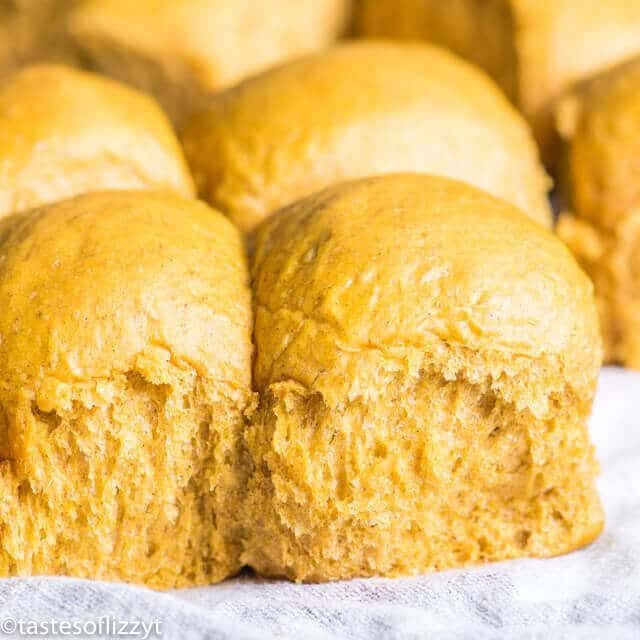
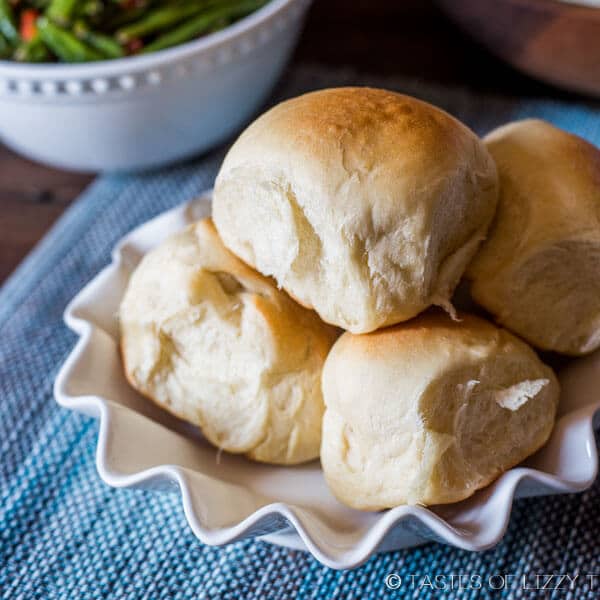
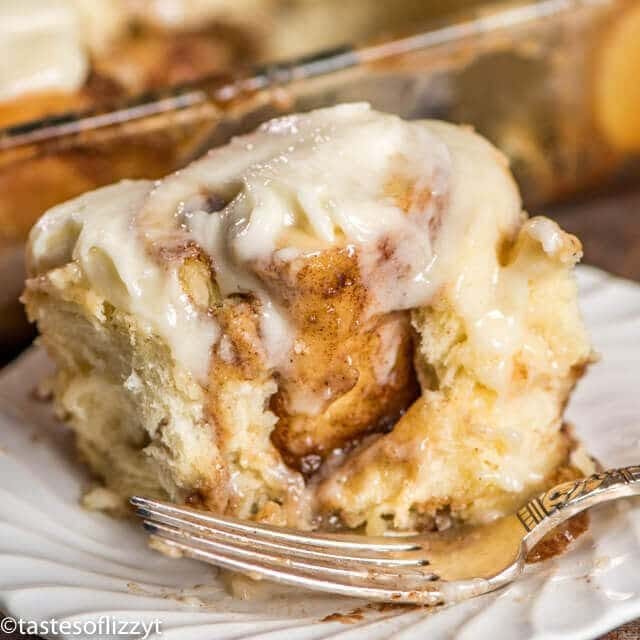
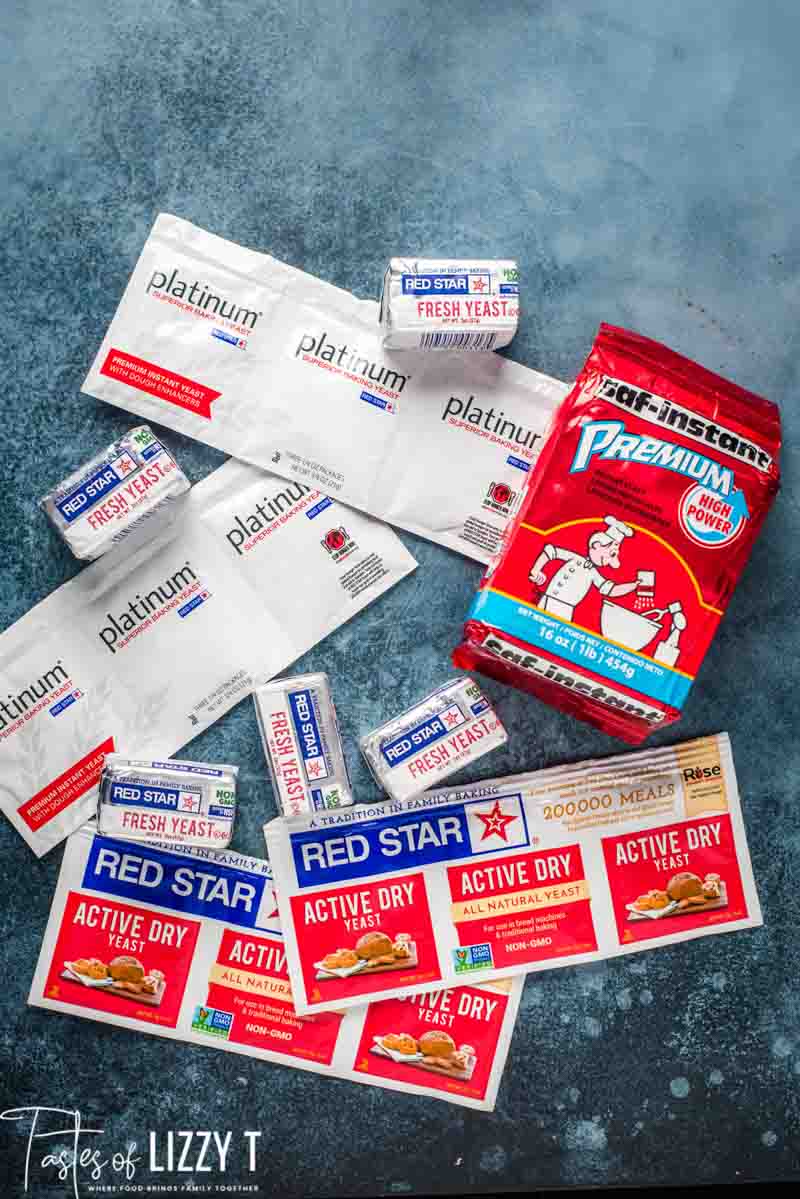

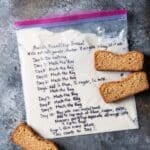
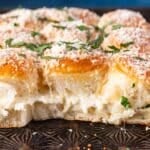
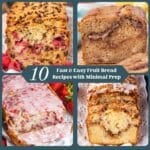
How does one find a recipe for rolls with compressed yeast. A recipe needing less than 15 cups of flour
Thank you for this handy and informative guide!
I thought of Foster Brooks when I read “…wish is why…”, but I’m pretty sure you mean “…which is why…”.